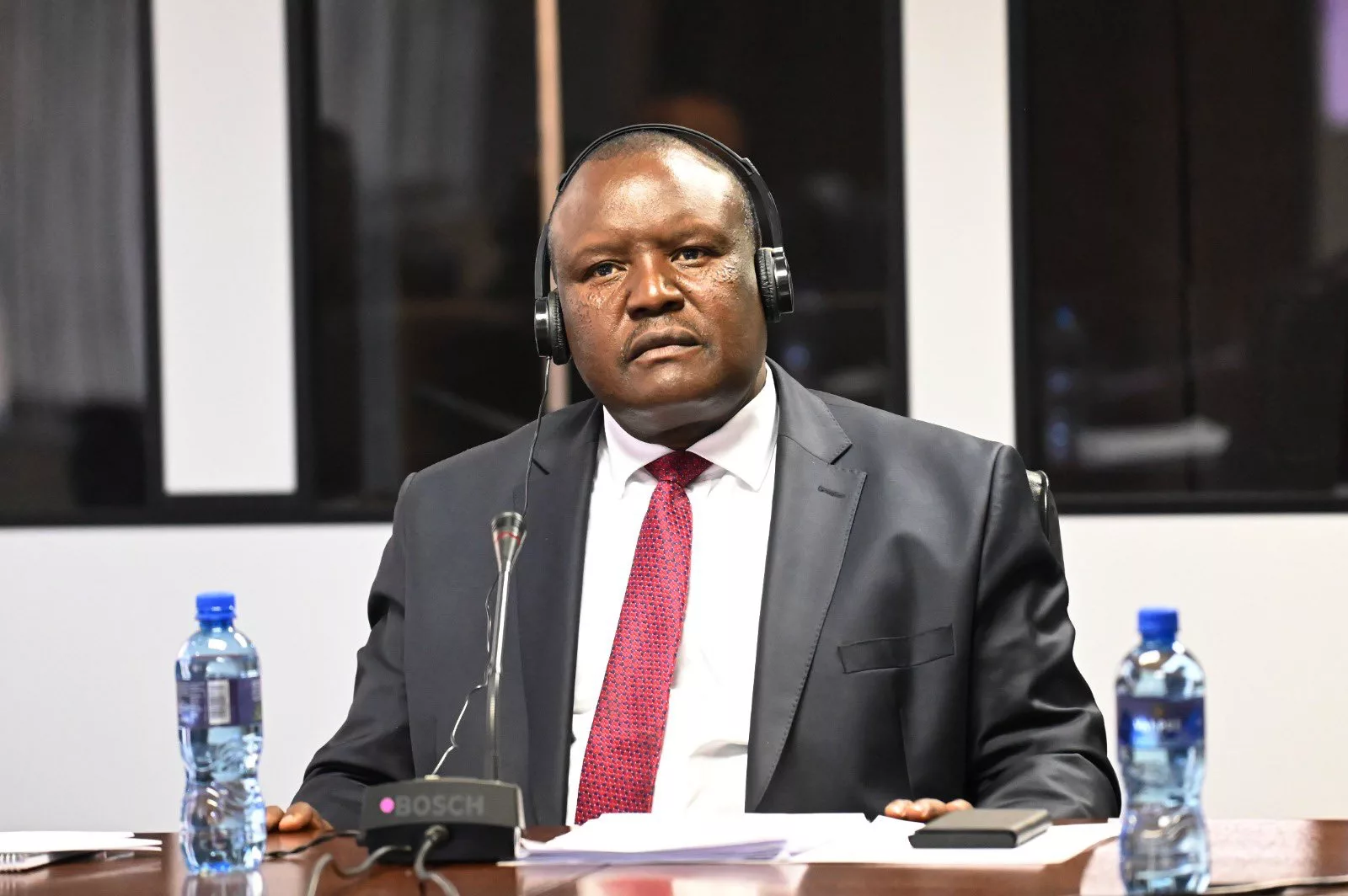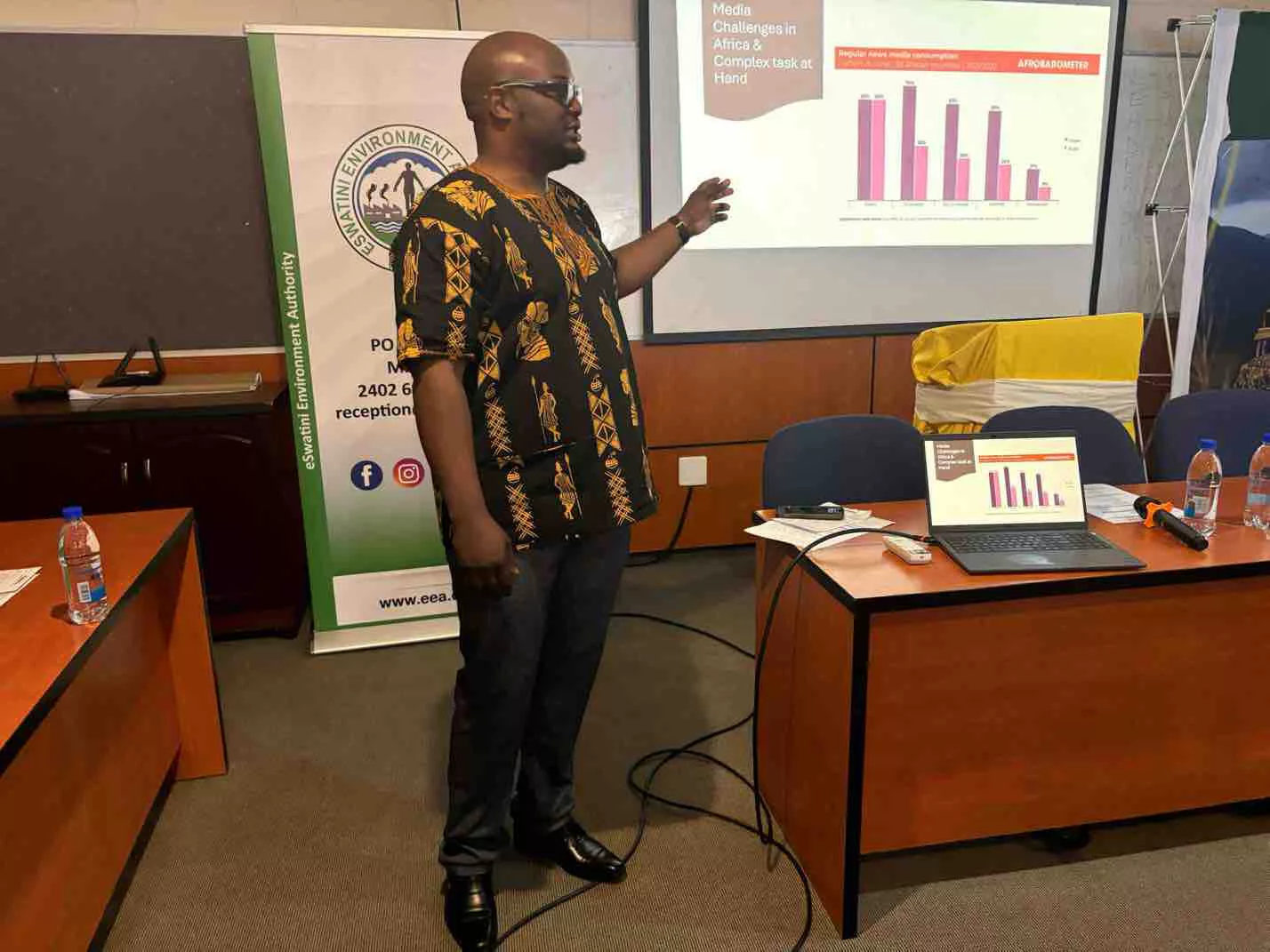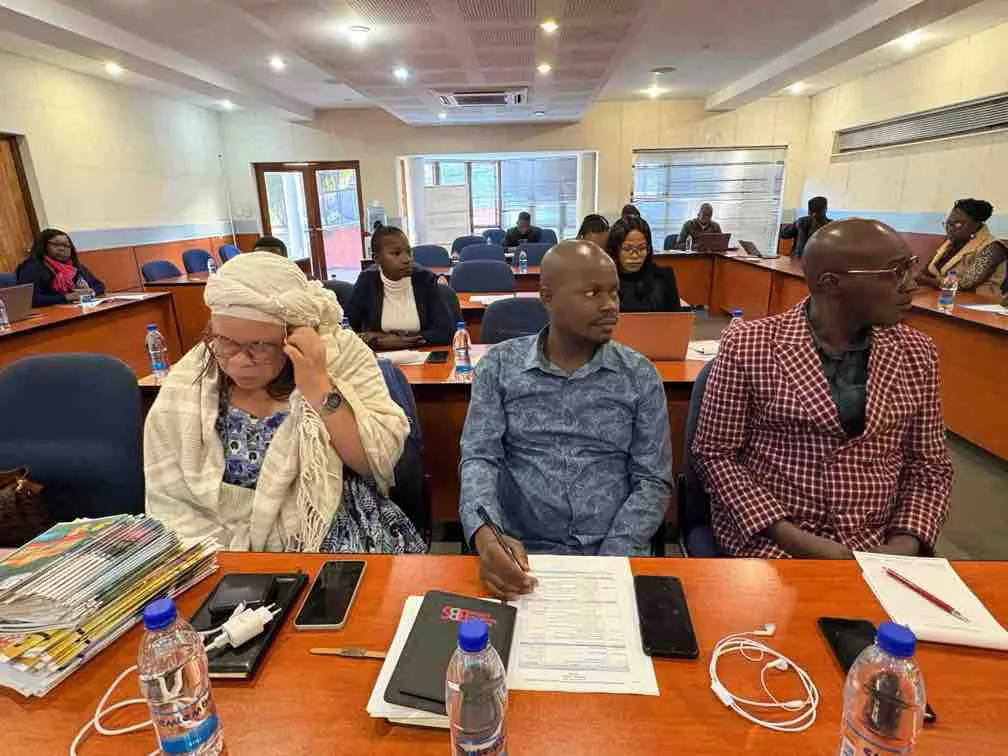By Byron Mutingwende
Results from the 2016 Corruption Perception Index (CPI) placed Zimbabwe among the countries that scored below 50, on a scale from 0 (perceived to be highly corrupt) to 100 (perceived to be very clean), exposing the predominance of massive and pervasive public sector corruption.
This year, Zimbabwe moved one step up the index from 21 in 2015 to 22. On world rankings, Zimbabwe was at number 150 out of 175 and in 2016 it is on number 154 out of 176 countries.
The slight movement up the index can be attributed to the easy of doing business reforms being undertaken by the government. The reforms are meant to improve the public sector performance, service delivery to the people; and the investment climate by addressing the administrative and legislative bottlenecks that affect local and foreign investment.
Removing bureaucracy and red-tape curtails the institutional, process and procedural bottlenecks that constrain the conduct of business in Zimbabwe. In 2016, Zimbabwe witnessed a number of examples of grand corruption cases. There was massive corruption at power utility, Zimbabwe Electricity Supply Authority (ZESA) where millions of dollars were lost in tender scams.
There was also an outcry over the Dema Diesel Project with complaints over the way the tender was won by individuals with close links to the First Family. The corruption at the Zimbabwe Manpower Development Fund (ZIMDEF) also hogged the limelight and so was the rot exposed at the Zimbabwe Anti-Corruption Commission (ZACC) – a national body set up to investigate corruption. The list is endless with the National Social Security Authority, Greenfuel, Central Mechanical and Engineering Department (CMED) and others.
After a year of focus on public sector corruption, Transparency International Zimbabwe expects the government to take a tougher position against the abuse of authority through making public spending and contracting more transparent and making public officials more accountable to people. The Corruption Perceptions Index 2016 results demonstrate that societies continue to pay the high cost of corruption in Zimbabwe.
Public sector corruption denies the citizens access to basic social services like health, housing and education. There is need to interrogate the economic and human cost of corruption.
The CPI results are reflective of the widening gap between the rich and the poor. It is sad that Zimbabweans just talk about corruption for a while and then forget about it. There should be sanctioning of the corrupt.
Transparency International Zimbabwe encourages the establishment of mechanisms of tracing where the loot will be hidden and the promotion of a robust debate around asset recovery as enshrined in the United Nations Convention Against Corruption (UNCAC).






